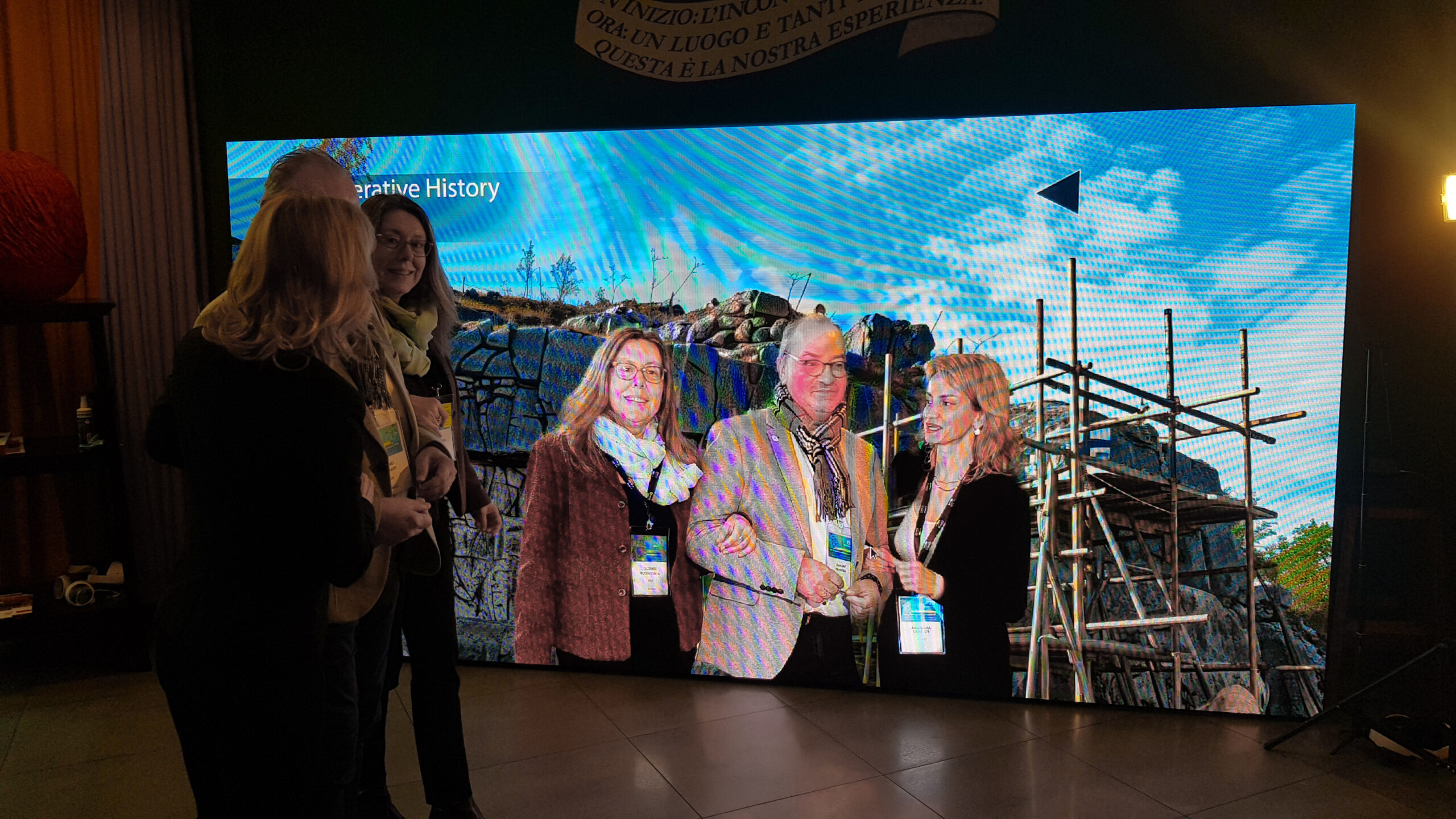Immersive exhibitions are one of the most recent and vibrant phenomena in the modern culture industry, and they are gaining popularity for their ability to effectively engage a wider audience than conventional exhibitions. The creation of video installations is certainly not new, as it can be traced back to the video art of the 1970s, with protagonists such as Bill Viola or Studio Azzurro still active today. In particular, Studio Azzurro was able to decline the language of video installations in various compartments, from history to music, from religion to society, always maintaining a high cultural and aesthetic profile. These technological exhibitions, devoid of original physical works, are able to significantly change the communication and popularization of cultural heritage. The dichotomy between original work and copy has already been metabolized by the world of art criticism since 1936, the date of publication of Walter Benjamin’s essay “The Work of Art in the Age of its Technical Reproducibility.” Virtual exhibitions have value in themselves, even in the absence of physical works; if anything, the problem is the quality of digital language, conception and treatment. Immersive exhibitions often have weaknesses in the superficiality of the content, designed for purely emotional enjoyment, and in the language, which does not take full advantage of the potential made available by technology and trivializes the content. Compared to traditional art exhibitions, which still maintain the “aura” of the original work, these technological exhibitions often highlight the too low cultural level, unacceptable by contemporary quality standards: the absence of a critical key, deep knowledge and interpretation of the subject, and artistic mastery of the medium is frequently noted. This is why it is necessary for the creators of immersive exhibitions to develop cultural and technological skills in parallel, in order to grow a sector that will play a relevant role in the future of cultural heritage enhancement. It is one of the fronts in which Homo Extensus will be measured,” and one that needs specialized training that focuses on the new opportunities offered by generative artificial intelligence.



